(1312 products available)














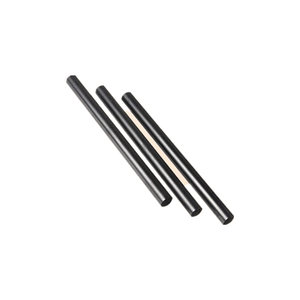
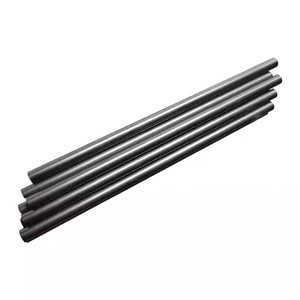






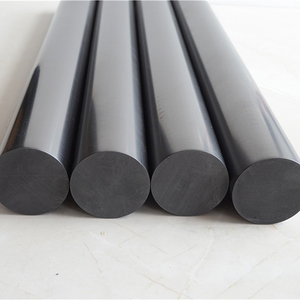




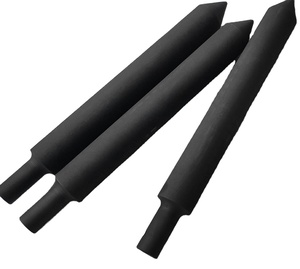
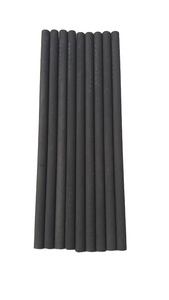

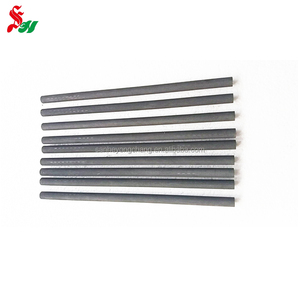








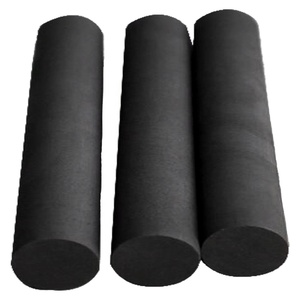

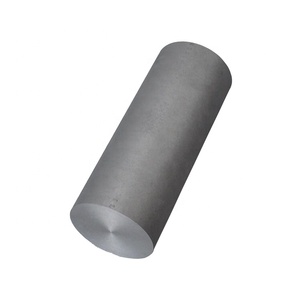
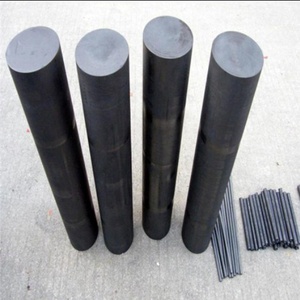

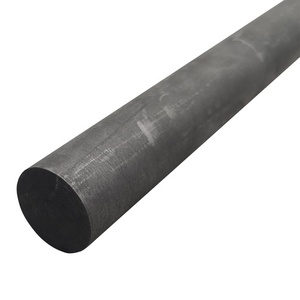

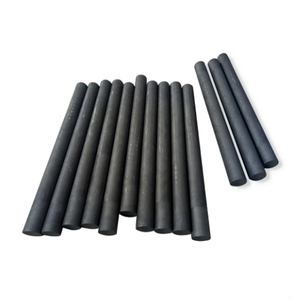
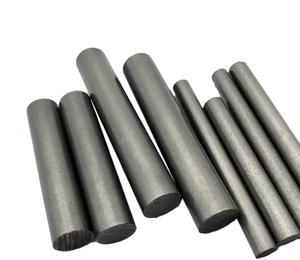

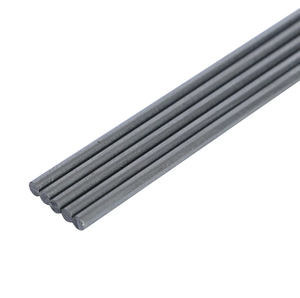
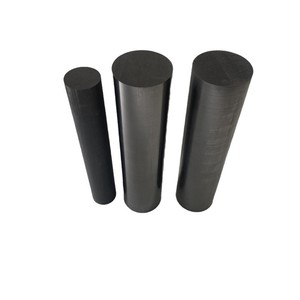
















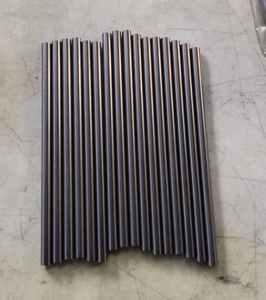




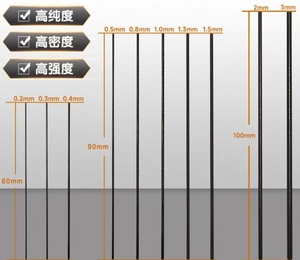


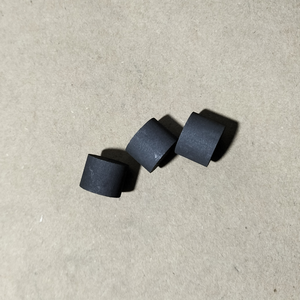





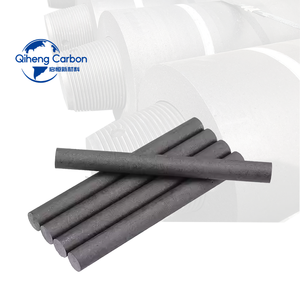


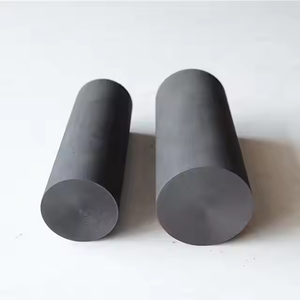
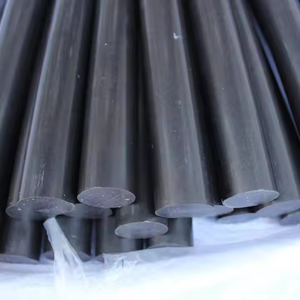




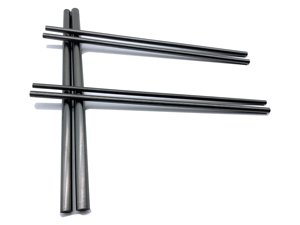
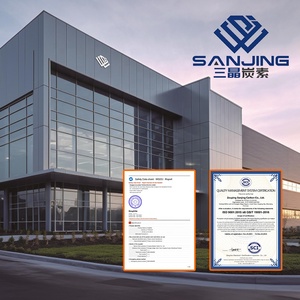
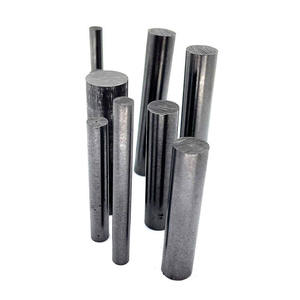









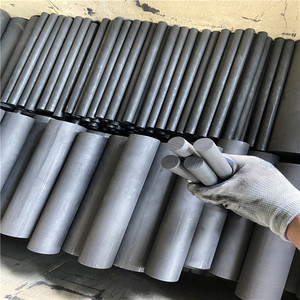

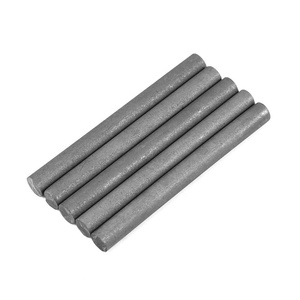
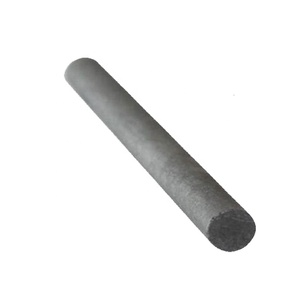
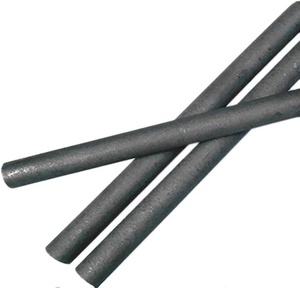


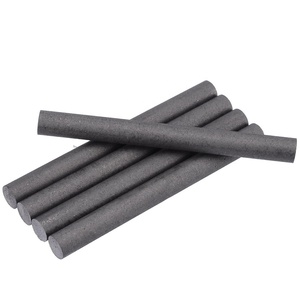

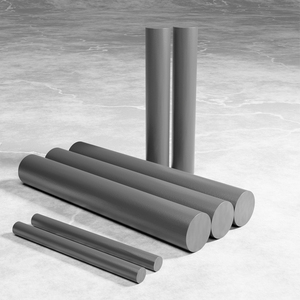

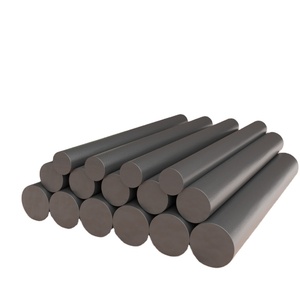



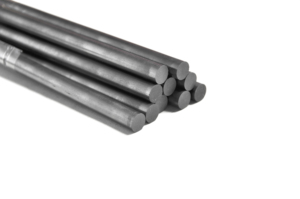


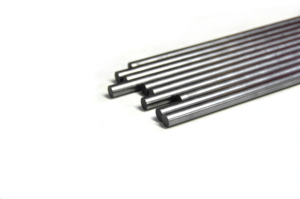


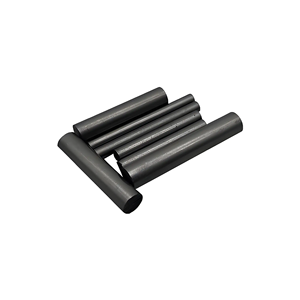
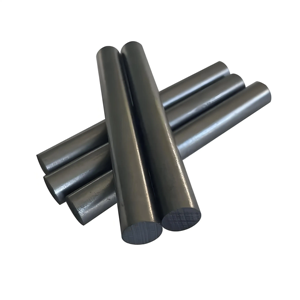





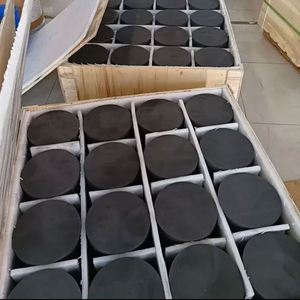

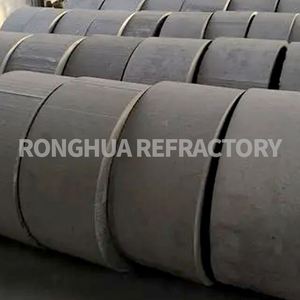






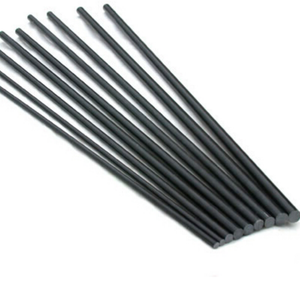
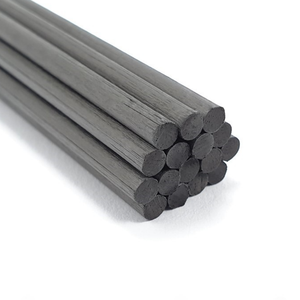

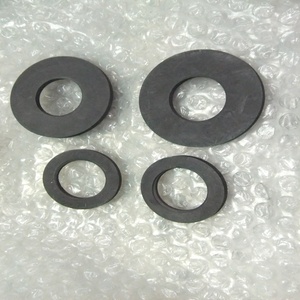



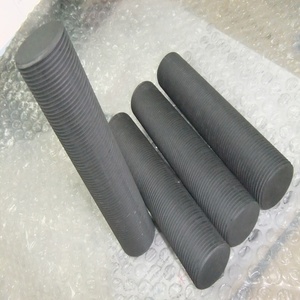






Graphite rods with high-temperature resistance can withstand extreme heat and are ideal for numerous demanding industrial applications.
Molded rods
Coarse-grain structure, low to medium porosity. Typical dimensions: up to 100 mm diameter, lengths 1000 mm. Applications: low to medium high-temperature environments.
Extruded rods
Fine-grain structure. Lower porosity. Standard diameters: 2-50 mm, lengths up to 3000. Used in moderate temperatures in chemical processes, furnace components.
Isostatically pressed rods
Very uniform, fine-grain structure. High strength. Porosity: very low. Sizes: up to 100 mm diameter. Applications: high-performance in furnace insulation, electrodes, etc. at temperatures above 2000°C.
Machined rods
Usually made from other rod types by machining. Porosity and structure depend on original material. Custom sizes. Used where precise components are required in high heat zones.
Homogeneous rods
Uniform properties, low porosity (0.2%). High density: 1.5 g/cm³ typical. Sizes: standard up to 50 mm, custom up to 200 mm diameter. Applications: semiconductor furnaces, high temperature electrolysis cells, anodes in aluminum smelting.
Aerospace and defence
Graphite rods are highly valued for their exceptional strength, lightweight properties, and impressive resistance to extreme temperatures and pressure in aerospace and defence applications. These rods serve as crucial components in rocket nozzles and thermal protection systems for re-entry vehicles, effectively shielding against the intense heat generated during atmospheric re-entry. Furthermore, their ability to maintain structural integrity under high stress and temperature makes them ideal for components in missiles and space vehicles. Additionally, graphite's durability against harsh environmental elements and its functionality as a lubricant in precision defence equipment highlight its versatility and reliability in advanced engineering applications.
Metallurgy
These rods are indispensable in metallurgy, primarily functioning as electrodes in electric arc furnaces, which are pivotal in steelmaking and recycling operations. Due to their exceptional resistance to high temperatures, they efficiently conduct electricity to create the extreme heat needed to melt metals, all while maintaining solid structural integrity under demanding thermal conditions. Apart from their electrochemical roles, graphite rods also act as crucial refractory linings, which protect furnace interiors from wear and ensure operational efficiency. The combination of electrical conductivity, thermal endurance, and corrosion resistance of the rods contributes significantly to improved safety and efficiency in furnace operations.
Energy systems
Graphite rods are used in nuclear reactors as control rods, which regulate the fission process and withstand prolonged exposure to intense heat and radiation. These properties allow them to maintain their shape and functionality, ensuring safe and efficient energy generation. Moreover, in battery technology, graphite rods are the essential anode material in lithium-ion batteries, providing reliable energy capacity and efficiency for various applications, including electric vehicles and portable electronics. In thermal energy storage systems, graphite rods serve as heat absorbers or exchangers, efficiently storing and transferring energy. Due to their versatility and durability, they are excellent for these critical applications in energy generation and storage.
Chemical industry
Graphite rods are essential in electrolytic cells for the production of chlorine and sodium hydroxide, where they must resist highly corrosive substances and endure electrolysis's intense heat and chemical environment. These cells are vital for the manufacturing of important chemicals, and the durability and inertness of the rods ensure long-lasting performance. In high-temperature reactions such as sulfuric acid production and the hydrogenation of petrochemicals, graphite rods act as stirrers and supports; they can withstand the associated heat and chemical corrosion. Additionally, their resistance to acidic and alkaline environments makes them suitable for heat exchangers, crucial in maintaining temperature without degradation. These rods' versatility and resilience are vital for critical chemical industry processes.
Semiconductors
Graphite rods are employed in semiconductor manufacturing, which is essential to modern electronics. These rods are key components in processes like silicon crystal growth (Czochralski method) and chemical vapour deposition, which create silicon wafers used in integrated circuits. Due to their high-temperature resistance and purity, they do not contaminate semiconductor materials, ensuring the production of high-quality wafers. Furthermore, in the semiconductor epigraph technique, which deposits thin layers of graphite hydrogen plasma onto silicon substrates, these rods serve as a carbon source for depositing epitaxial layers crucial for advanced semiconductor devices. Their durability, precision, and ability to maintain a clean process environment make them ideal for these critical applications in semiconductor production.
Preparation
The preparation of a high-temperature resistance graphite rod is a critical process that ensures the rod's structural integrity and performance. The first step is selecting high-purity, high-density graphite as the primary material. This graphite is pulverised into a fine powder to increase its surface area for better bonding. The powdered graphite is meticulously mixed with a high-temperature resistant binder, typically a type of resin or pitch, to bind the graphite particles. This mixture is compacted into a mould to form the desired shape of the rod and then undergoes a process called pre-baking or carbonisation. The carbonisation bakes the rod at elevated temperatures in an inert atmosphere to eliminate volatile materials, allowing the binder to solidify and cement the graphite particles closely. The final step involves graphitisation, where the temperature is raised beyond 2500°C. This treatment re-organises the graphite lattice, significantly improving its electrical and thermal conductivity, mechanical strength, and resistance to high temperatures. The end result is a durable, high-performance graphite rod capable of functioning in extreme conditions.
Mixing requirements
The mixing requirements for producing a high-temperature-resistant graphite rod are highly specific and critical to ensure homogeneity and optimal performance. Key parameters such as particle size distribution of the graphite powder must be tightly controlled, as a consistent mixture is vital for uniform rod density and strength. The binder-to-graphite ratio equally significantly influences the structure's integrity. An insufficient binder leads to weakness, while excess creates poor insulation. Proper selection and thorough mixing of various binder types, like resin or pitch, are essential for robust bonding. The mixing process must be conducted in inert atmospheres to avoid contaminating the mixture, which could introduce impurities that degrade the material's properties. Additionally, controlling the temperature during mixing is crucial to prevent prematurely setting the binder or altering graphite's physical characteristics. These strict mixing requirements are essential for producing a physical property-enhanced end product.
Materials
When choosing a graphite rod with high-temperature resistance, one must consider the material's ability to withstand extreme heat without losing structural integrity. Graphite, renowned for its exceptional thermal endurance, remains stable over 3000°C in a vacuum or inert atmosphere. Additionally, selecting a high-purity graphite grade, such as ultra-high strength or composite graphite, is crucial for protecting the rod from chemical-induced degradation in corrosive environments. These materials not only survive harsh conditions but also maintain critical properties like strength, stiffness, and electrical conductivity essential for high-stress applications in industries such as aerospace, metallurgy, and nuclear energy. Assessing the rod's performance under specific operational conditions guarantees reliability and longevity in extreme environments.
Workability
Workability significantly impacts the usability of a high-temperature resistance graphite rod in various applications. One must consider their machinability since these rods are often subject to precise shaping or drilling in intricate designs. They must be easily cut or shaped using standard tools without causing excessive wear. In addition, their brittleness should be minimal to ensure they can withstand handling and installation without cracking or breaking. The adhesive bonding capacity of the rods also plays a part, as they are frequently bonded to other components using special adhesives or resins, which the rod's surface must allow. Other factors, like the rod's lightweight yet sturdy structure, make it fairly easy to transport or install in harsh working environments. Evaluating these aspects guarantees the rod's practicality in manufacturing and engineering processes.
Measurements/size
The size and measurements of a high-temperature resistance graphite rod are vital for optimal performance in demanding environments. Precisely, the diameter and length of the rod must meet the required tolerances, as excessively large or small rods may fail to deliver the appropriate strength or fit within a system. Also, surface area-to-volume ratios should be analysed because they influence heat dissipation and, ultimately, the rod's performance at high temperatures, like spacecraft re-entry or nuclear reactors. Moreover, uniformity along the rod's length is equally critical, as any inconsistencies could lead to unequal wear or failure under stress. Accurate sizing reduces the risk of mechanical complications and guarantees that the rod performs reliably in aerospace, defence, and chemical processing.
How to install
Installation of a high-temperature resistance graphite rod demands precision and care to ensure that it functions as intended in extreme environments. First, assessment of the surrounding system should be done to identify the proper alignment and positioning of the rod. Handling the rod carefully is critical to avoid any damage, as they are typically brittle. To secure the rod, one needs to employ specially designed fixings or supports that can endure high temperatures without deformation. Gradual tightening is necessary to avoid introducing stress concentrations that could lead to failure. During installation, close monitoring of temperature variations is a must since thermal expansion might affect the rod's structure. In addition, application of appropriate lubricants, if needed, should be compatible with high-heat environments to reduce friction without compromising the rod's integrity. Following these detailed steps ensures that the installed graphite rod retains functionality and reliability under challenging operating conditions.
A1: These graphite rod materials contain excellent corrosion resistance, thermal stability, electrical conductivity, and chemical interaction properties. They are ideal for high temperatures and harsh environments.
A2: Aerospace, energy, chemical processing, semiconductor, and metallurgy industries. They use these graphite rods as an electrode and an anode in various applications such as electric arcs furnaces.
A3. High-temperature resistance graphite rods allow people to save operating costs while providing durability and reliability in extreme conditions. They improve reactions and enhance energy efficiency.
A4. Machining these graphite rods requires special tools to prevent wear because they are brittle. Dust control measures are employed to reduce health risks associated with graphite exposure during the process.
A5. Yes, these graphite rods have lubricating properties. They are used in many mechanical applications where they reduce friction, improve efficiency, enhance the lifespan of rotating parts, and handle lubrication in vacuum environments.